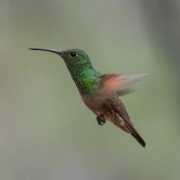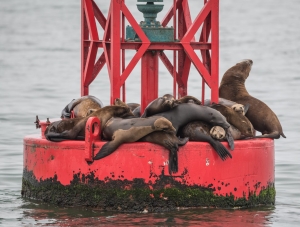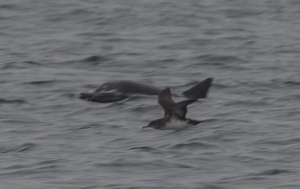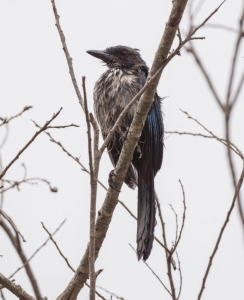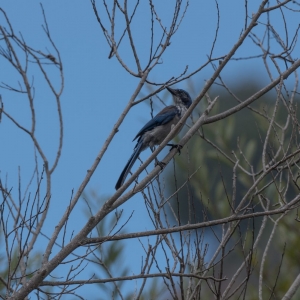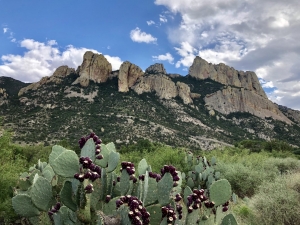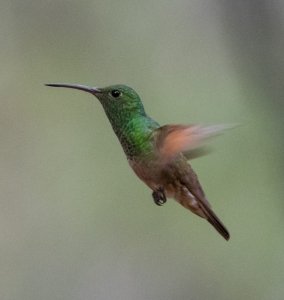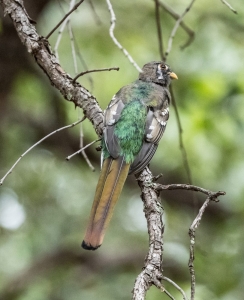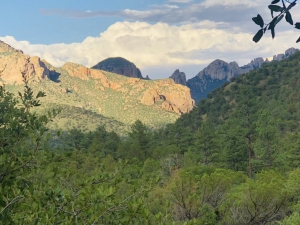Southwest for a few days
Island Scrub-jay and ‘Pinyon’ Scrub-jay
I. Pinyon Jay bum-steer
We arrived in LA at mid-afternoon, leaving us enough time to fit in a Pinyon Jay twitch up at ‘Cow Heaven’, three hours to the north (then two hours to Ventura, where we’d be spending the night prior to our boat trip the next morning to Santa Cruz Island). Cow Heaven was the site, according to eBird, where a flock of 60 of the elusive jays had been reported that very morning. Nothing in the report led me to worry about access to the site – I should have dug deeper. Just ten miles short of the place where all good cattle apparently go to die, the bitumen road ended, and a narrow sandy track began. With some clever and ballsy driving, we travelled, sometimes crawling, about halfway to the intended location, when conditions became too much for the Chevy Malibu. Disappointed, we managed to turn around – quite a challenge in itself, and retreated. I decided to traverse a bit further north, and try to get to higher elevations, where hopefully we’d have another chance at finding Pinyon Jays. But there seemed to be no tame way of getting to any of the elevated conifer filled canyons that we assumed were ‘up there’, so threw our lot in with a location that looked marginally OK. Robyn pointed and said (she never shouts) there!. Three blue-coloured Jays were loafing around in low shrubs not far off the main highway. I stalked them, photographed them, then cursed them. Not Pinyon Jays at all, but standard issue California Jays. Oh well. We’d still be making it to Ventura in time for a reasonable sleep prior to our sea voyage the next day. Live and learn. Hopefully.
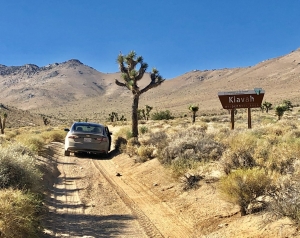
This is before the road really got silly. Turning around miles short of Cow Heaven was difficult, both emotionally, and physically. The Pinyon Jays would have to wait – I’ll be back with a more appropriate car soon enough.
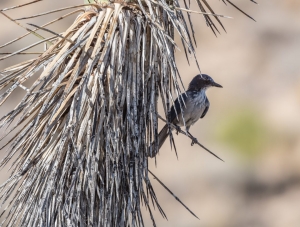
Close but no cigar! Stymied from reaching the locations of recent Pinyon Jay sightings, I briefly thought a reprieve had been granted, though the bouncy trio of likely suspects proved upon closer look to be California Scrub-jays.
II.
For Robyn’s final day in the US before an overnight flight home to Australia, we participated in an Island Packers boat trip from Ventura California to the Channel Islands – Santa Cruz Island in particular, for yet another of those single species twitch missions that so characterise an ABA Big Year. The Channel Islands – twenty-odd miles off the California coastline, is the home to the endemic Island Scrub-jay, and the Island Packers daily trips to the islands is the way of accessing this species. Island Packers is a very impressive, and very successful family business that shuttles two high speed 100-passenger crafts between Ventura Harbour and various locations amongst the Channel Islands for whale-watching, hiking, camping, and even birding.
The trip across the channel to Santa Cruz Island was fairly uneventful, with only one species of tuberose – Black-vented Shearwater. I’d held a little bit of hope for Craveri’s Murrelet, but remain confident that I’ll cross paths with this tiny Alcid, and maybe even Guadalupe Murrelet, during my upcoming five-day pelagic trip out of San Diego. Once on the island, it took just ten minutes to begin sighting and hearing Island Scrub-jays. We had several hours to kill before the return trip required our return to dock at Pirate’s Cove, and though I encountered three different groups of the jays, I didn’t get any nice shots. The birds were in very rough plumage anyway, so no big regrets.
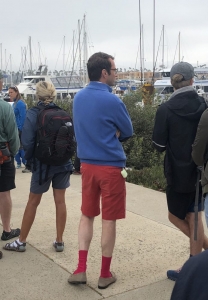
The Look-at-ME So Cal look. Of the 1960’s. Waiting for the Island Packers whale cruise to Santa Cruz Island.

The more common don’t look-at-me So Cal look of today. Seat-matching camo outfit and phone-in-face detached look of 2019.
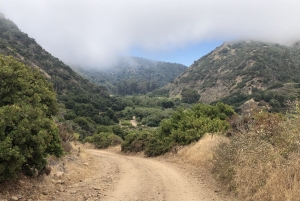
Santa Cruz Island. Technically a National Park, but mostly a cattle and sheep ranch. The Channel Islands have at least two vertebrate endemics – Island Fox, and Island Scrub-jay. We didn’t see any foxes, but had little trouble finding Scrub-jays.
III Berryline Hummingbird
The ‘big three’ monsoon-season hummingbird rarities (Plain-capped Starthroat, White-eared Hummingbird, and Berylline Hummingbird) have all paid visits to Arizona over the past month or so – but either I’ve missed them by a day (Plain-capped Starthroat), or not been able to drop everything for a twitch at these notorious one-to-three-day-wonders. Fortunately, the Berryline Hummingbird that had been found buzzing around flowering Agave plants a week or so ago stuck around longer than usual. Maybe in part because some generous soul hung, and has maintained a hummingbird feeder along the Crystal Cave trail near the first sightings of the bird, and it has responded brilliantly, visiting the feeder every half hour or so, allowing dozens of ABA birders to add this Mexican vagrant rarity to their life-lists, or, as in my case, year-lists. As has happened several times already this year, I was pleased to bump into Phoenix-based Amanda Damin. Amanda has impressed me as probably the most audacious twitcher on the ‘big year’ radar this year, chasing crazy birds all over the continent, including Alaska. Because her husband is an airline pilot, she flies space available at the drop of a hat (or a ‘ting’ of a rarity hotline email), usually on insane red-eye flights, and seems to operate without the need for sleep. She would have fitted right in during the eventful 2016 year of red-eyed birding.
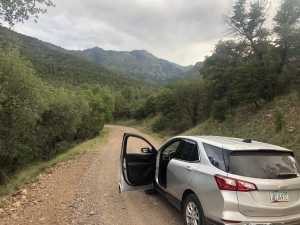
The might Chiricahua Mountains of SE Arizona – maybe the best birding spot in all of North America. Although I would flush roadside Montezuma Quail on three occasions, I still haven’t managed to photograph one this year.
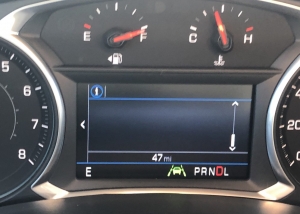
My poor rental – Just 47 miles old, and already getting flogged along the rough and tumble roads of an ABA Big Year.
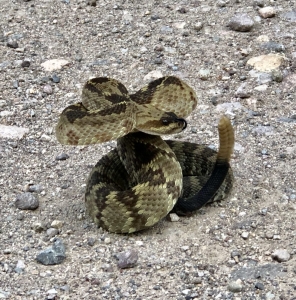
Black-tailed Rattlesnake crossing road late-afternoon – not unusual for the much-loved (by birders and herpers) Monsoon season of southern Arizona. I don’t have time for snake-hunting, but the urge is definitely there.

